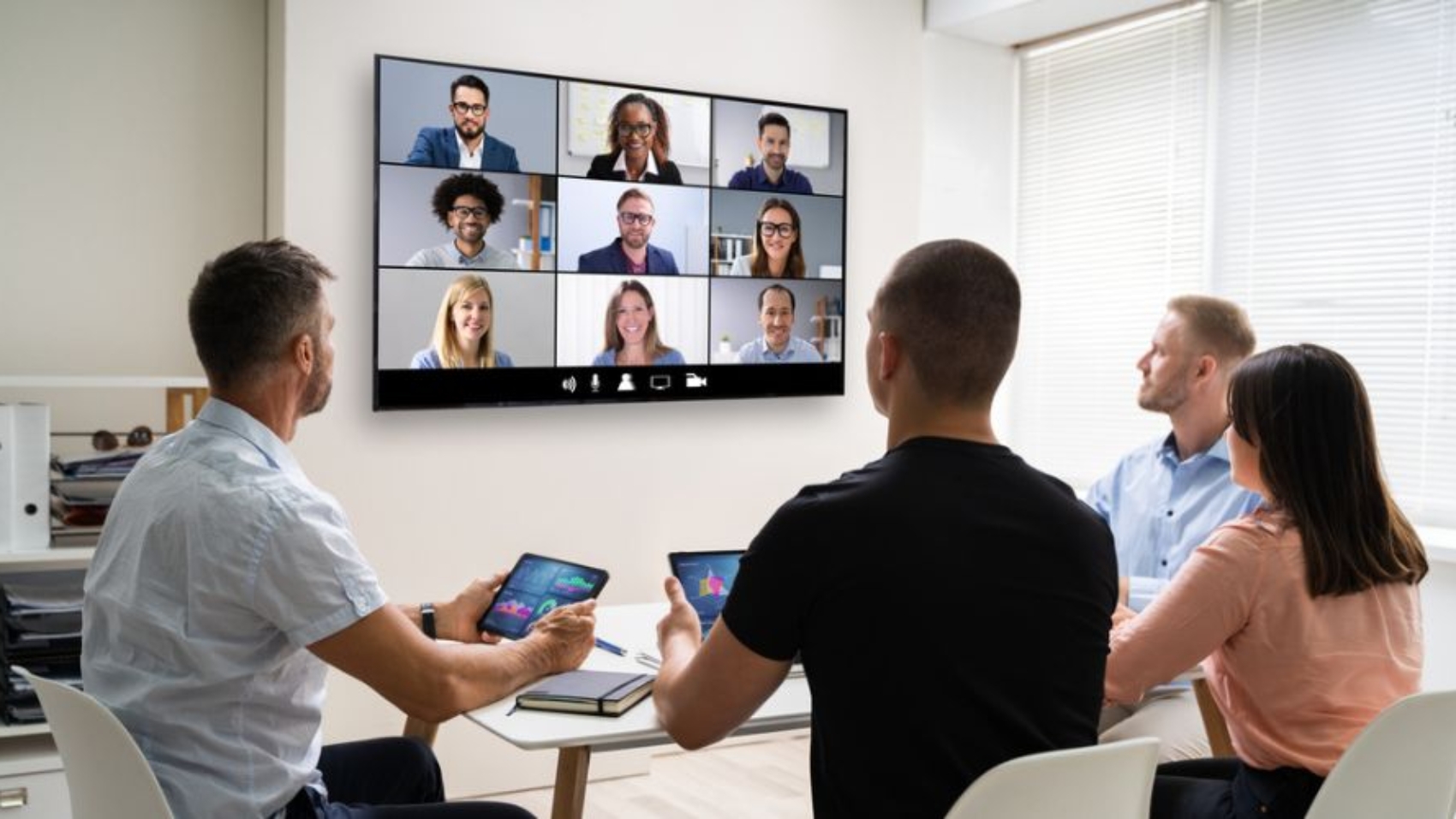What is a Digital Whiteboard?
A digital whiteboard, also known as a smart board, is an interactive device that combines the features of a traditional whiteboard with the power of a computer. A digital whiteboard allows users to display, write, draw, erase, and manipulate digital content on a large touchscreen surface, using a stylus, a finger, or a remote control. A digital whiteboard can also connect to various devices, such as laptops, tablets, smartphones, cameras, and USB drives, and support various media formats, such as images, videos, audio, and web pages.
Why Use a Digital Whiteboard?
A digital whiteboard can offer many benefits and advantages over a traditional whiteboard, such as:
- Enhanced interactivity and engagement: A digital whiteboard can make presentations, lessons, and meetings more interactive and engaging, by allowing users to showcase their work, demonstrate their products, and interact with their audience. A digital whiteboard can also support various interactive elements, such as shapes, animations, games, quizzes, and polls, that can stimulate interest and feedback.
- Improved communication and collaboration: A digital whiteboard can facilitate communication and collaboration among users, regardless of their location. A digital whiteboard can enable video conferencing, screen sharing, and remote collaboration, making it easier to exchange ideas, share information, and work on projects.
- Increased productivity and efficiency: A digital whiteboard can help users save time and money, by reducing the need for paper, ink, and other materials, and by simplifying the setup and maintenance of the device. A digital whiteboard can also help users improve their workflow, by allowing them to access and edit files directly from the display panel, without the need for a PC or a laptop.
How to Choose a Digital Whiteboard?
There are many factors to consider when choosing a digital whiteboard, such as:
- Size and resolution: The size and resolution of the digital whiteboard affect the quality and clarity of the image, as well as the space and visibility of the content. The size of the digital whiteboard should match the size of the room and the number of users, while the resolution should be high enough to produce a bright and sharp image. The most common sizes of digital whiteboards range from 55 inches to 86 inches, while the most common resolutions are 1080p (Full HD) and 4K (Ultra HD).
- Touch capability: The touch capability of the digital whiteboard determines the responsiveness and accuracy of the input, as well as the number and type of touch gestures supported. The touch capability of the digital whiteboard should also support multiple touch points and gestures, such as zoom, rotate, and swipe, enabling more interactivity and functionality. The most common touch technologies are infrared (IR) and capacitive, while the most common touch points are 10, 20 and 30.
- Operating systems compatibility: The operating systems compatibility of the digital whiteboard affects the compatibility and functionality of the device with different software and apps. The operating systems compatibility of the digital whiteboard should match the operating systems of the devices and apps that users want to use, such as Windows, macOS, Android, iOS, and Linux.
- Connectivity and ports: The connectivity and ports of the digital whiteboard influence the connectivity and functionality of the device with different devices and media formats. The connectivity and ports of the digital whiteboard should support various types of connections, such as wired and wireless, and various types of ports, such as HDMI, USB, VGA, and audio. Some digital whiteboards also support wireless connectivity, such as Wi-Fi, Bluetooth, and Miracast, allowing users to project their screen without the need for cables or adapters.
- Software and apps: The software and apps of the digital whiteboard enhance the functionality and usability of the device with different features and tools. The software and apps of the digital whiteboard should support various types of features and tools, such as whiteboard, annotation, presentation, collaboration, and learning management systems. Some digital whiteboards come with pre-installed software and apps, while others allow users to download and install their own. Some digital whiteboards also allow users to access the internet and use web-based applications, such as Google Suite, YouTube, and Netflix.
How to Use a Digital Whiteboard?
The steps and recommendations for using a digital whiteboard may vary depending on the model and brand of the device, but some general guidelines are:
- Connect the digital whiteboard to a power source and a computer or laptop, using the appropriate cables or adapters. If the digital whiteboard supports wireless connectivity, you can also connect it to a device using Wi-Fi, Bluetooth, or Miracast.
- Turn on the digital whiteboard and the computer or laptop and wait for them to recognize each other.
- Launch the software or app that you want to use on the digital whiteboard, such as whiteboard, annotation, presentation, or collaboration. You can also access the internet and use web-based applications if the digital whiteboard supports them.
- Use the stylus, finger, or remote control to interact with the digital whiteboard, such as writing, drawing, erasing, and manipulating the content on the screen.
- Save, share, or print the content on the digital whiteboard, using the options available on the software or app. You can also sync the content with cloud accounts, allowing you to access and update it from any device.
- Turn off the digital whiteboard and the computer or laptop, and disconnect them from the power source and each other, when you are done using them.
Conclusion
A digital whiteboard is a device that can revolutionize the way you interact with digital content. By following the steps and recommendations outlined in this guide, you can unlock its full potential and enhance your presentations, teaching, or collaborative work. Whether you are an educator, a business owner, or a consumer, you can find a digital whiteboard that suits your needs and preferences.











